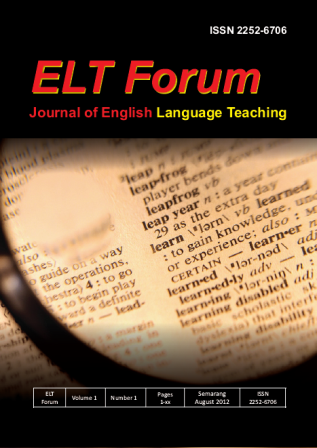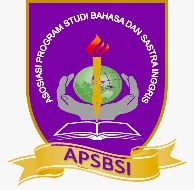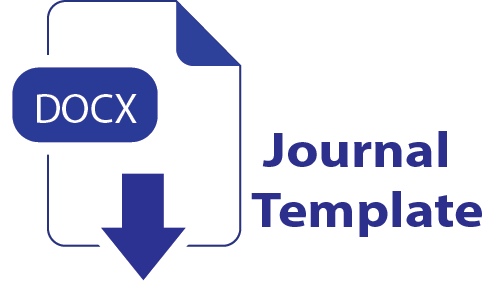ANALYSIS OF GOOGLE TRANSLATE’S QUALITY IN EMPLOYING TRANSLATION TECHNIQUES
Abstract
This research focused on the analysis of translation techniques and translation quality of Jakarta Post’s articles in terms of accuracy, acceptability, and readability. The objectives of this research were to find out the translation techniques applied by Google Translate in translating the articles of Jakarta Post and to know the quality of translation by Google Translate. This research applied a descriptive qualitative method. The data were obtained by using content analysis and questionnaire. The data in this research were ten articles of Jakarta Post from opinion section. The other data were the results of the translation quality assessments done by the respondents. The research findings showed that Google Translate applied 9 translation techniques. They were reduction, established equivalent, literal, calque, amplification, transposition, linguistic amplification, linguistic compression, and borrowing technique. The results of the questionnaires showed that the percentage of accuracy was 57.1% with average score 2.5, the percentage of acceptability was 58.6% with the average score 2.5, and the percentage of readability was 63.7% with the average score 2.5. Based on the results obtained, the quality of translation results by Google Translate was less accurate, less acceptable, and less readable. According to the analysis, it can be concluded that calque technique had the best translation quality considering this technique got the highest score in every aspect. While reduction technique was the least because this technique got the lowest score in every aspect. The researcher suggested the users to translate simple sentence instead of a complex one to gain a better quality of translation using Google Translate.



_.jpg)
_.jpg)




